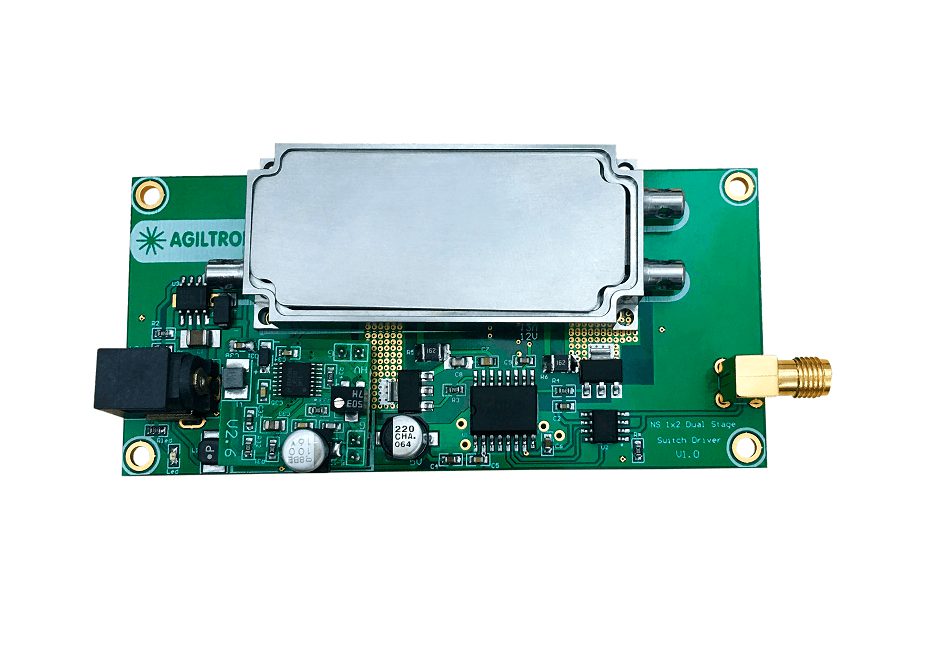SKU: SWDR
The NS switch driver provides a convenient way to use the NS series electro-optical switches, which act as a pure capacitive load. Each driver is tuned to a specific device mounted on the PCB. To operate, the customer only needs to plug in the accompanying DC power supply and input a control signal through the golden SMA connector. The switch will be activated as the input voltage exceeds 3V with less than 1µA draw, compatible with 3.3V CMOS/TTL. We produce boards to control multiple NS switches with individual SMA connectors. No computer-based control software is available for such a high-speed operation.
The dual-stage configuration increases the extinction ratio or cross-talk value.





Reviews
There are no reviews yet.